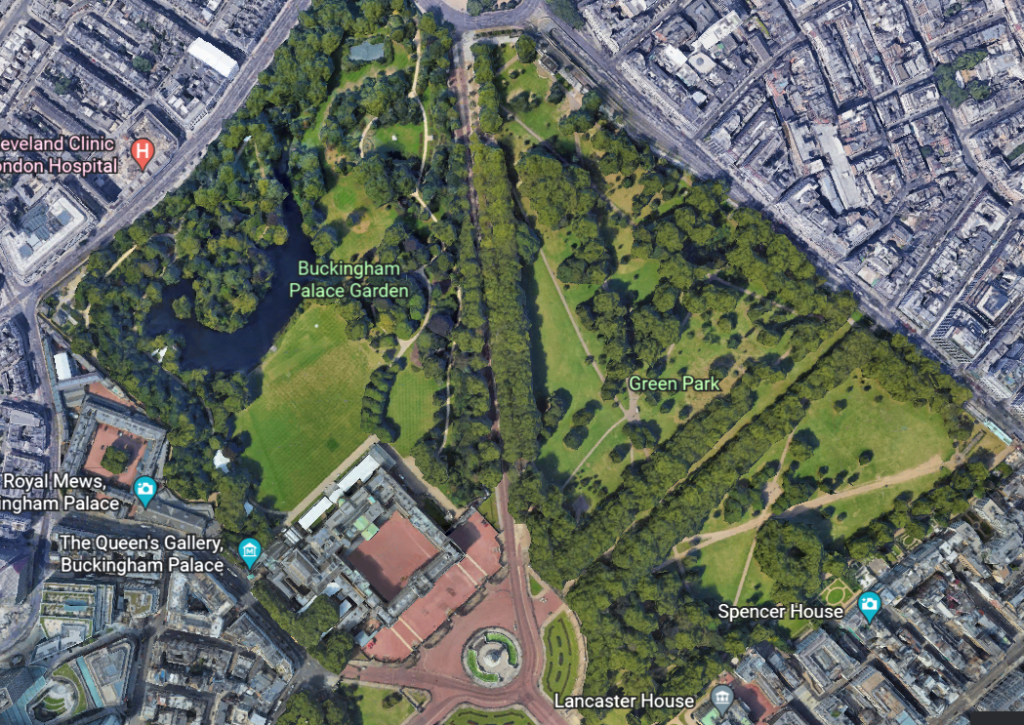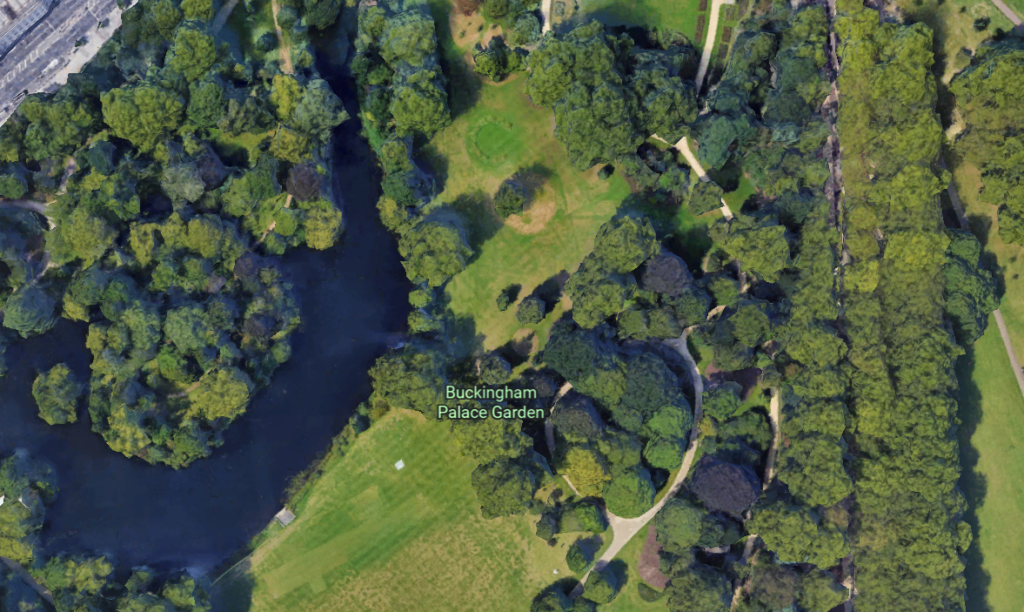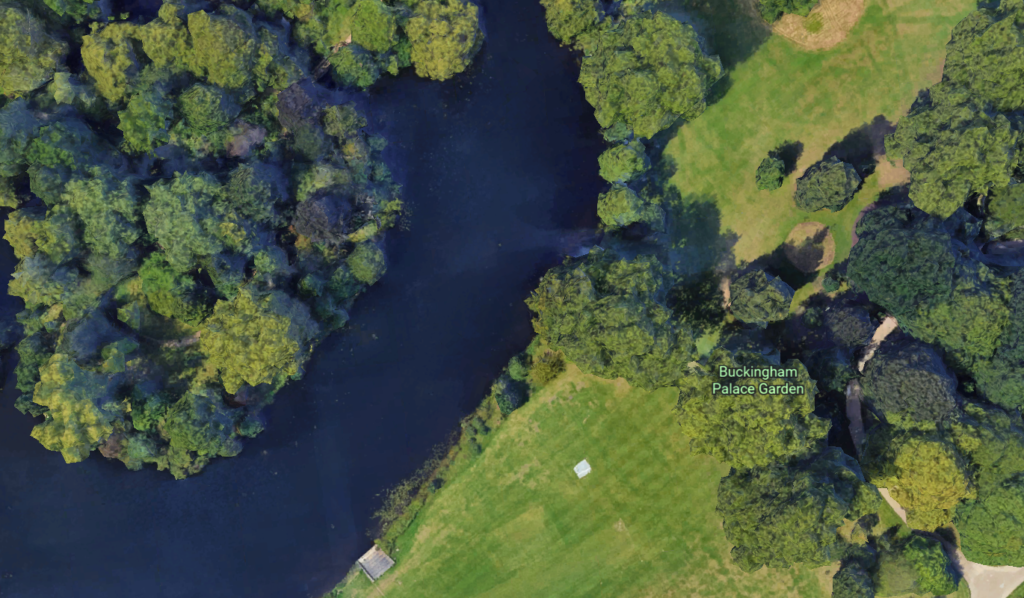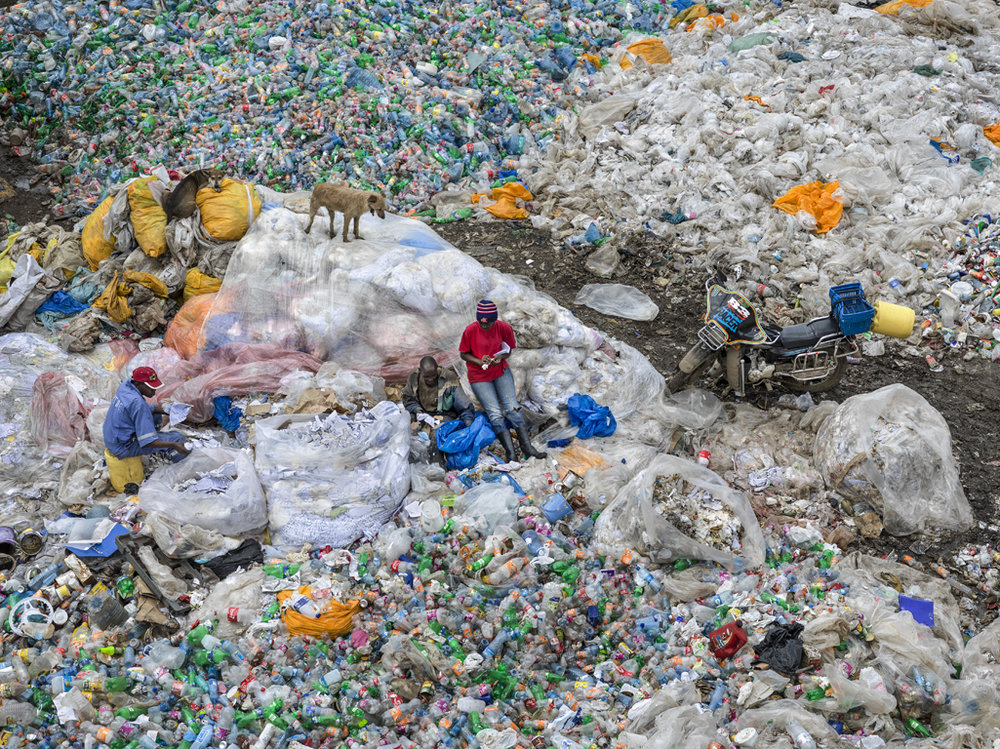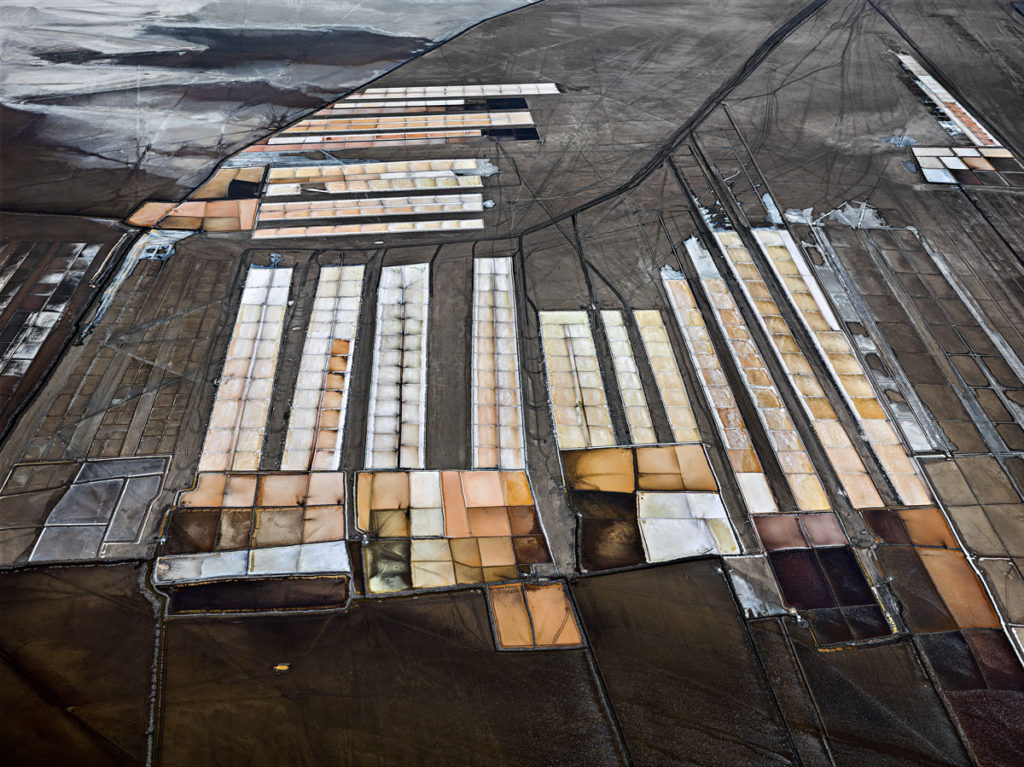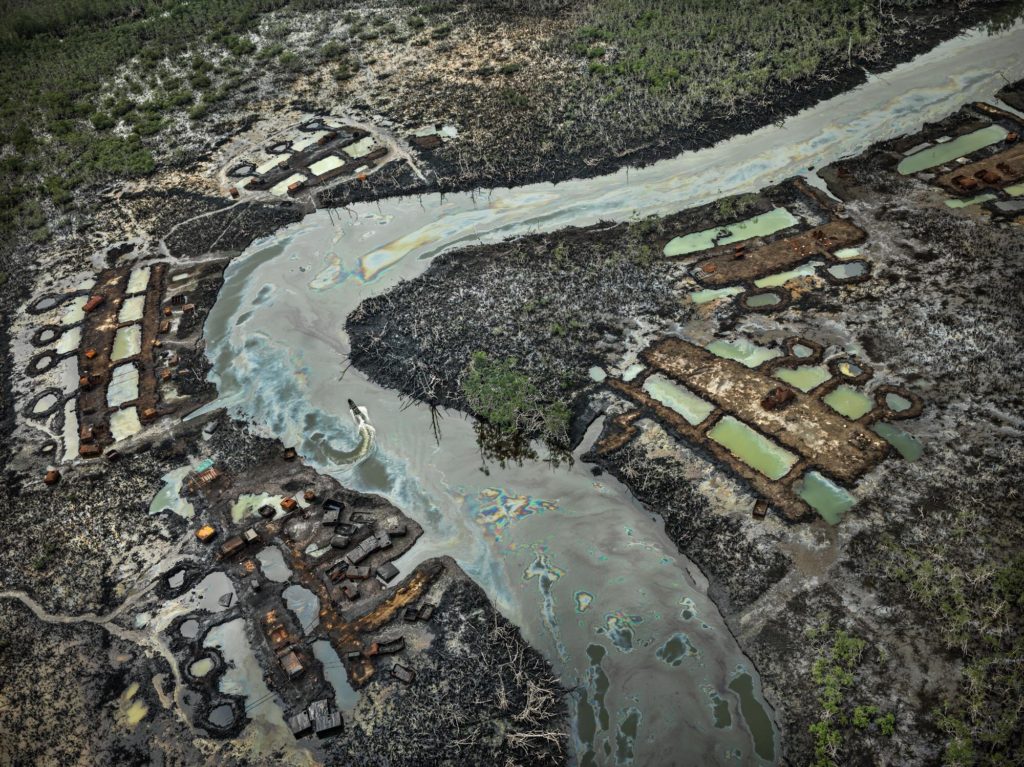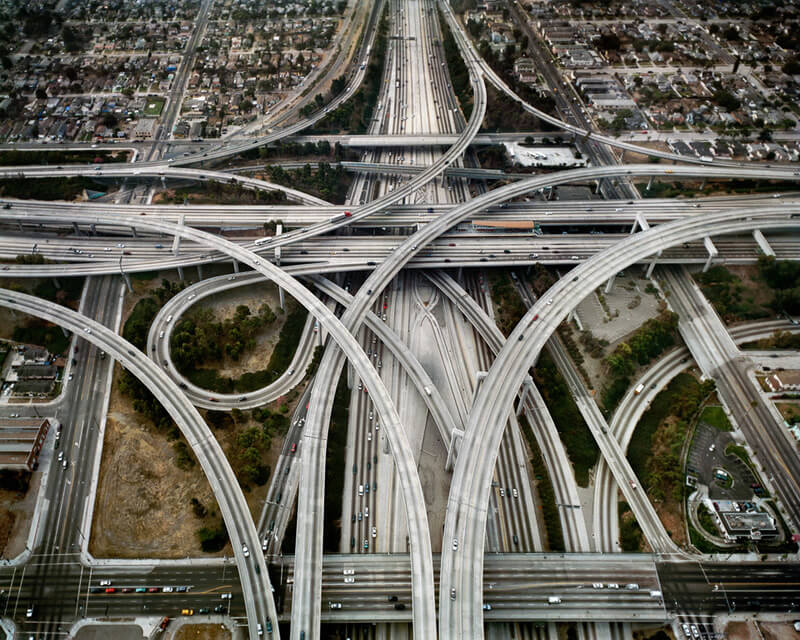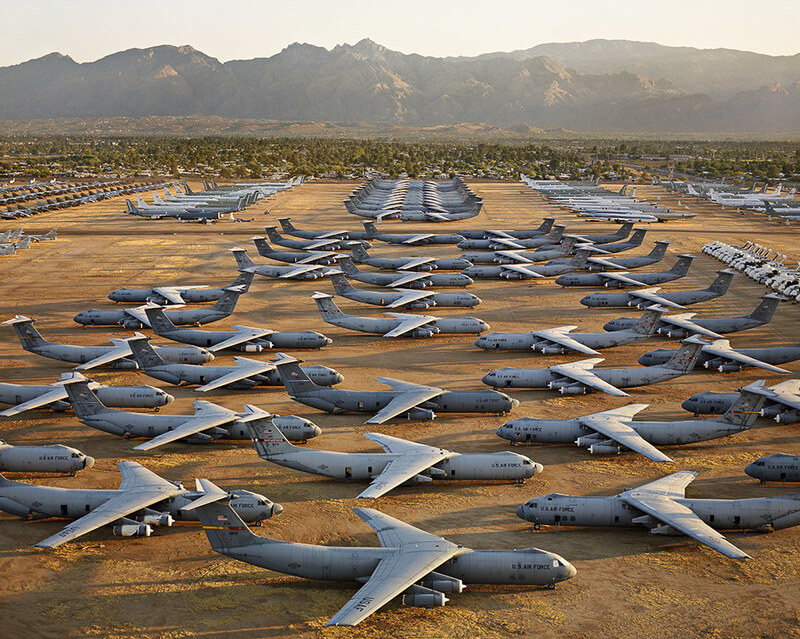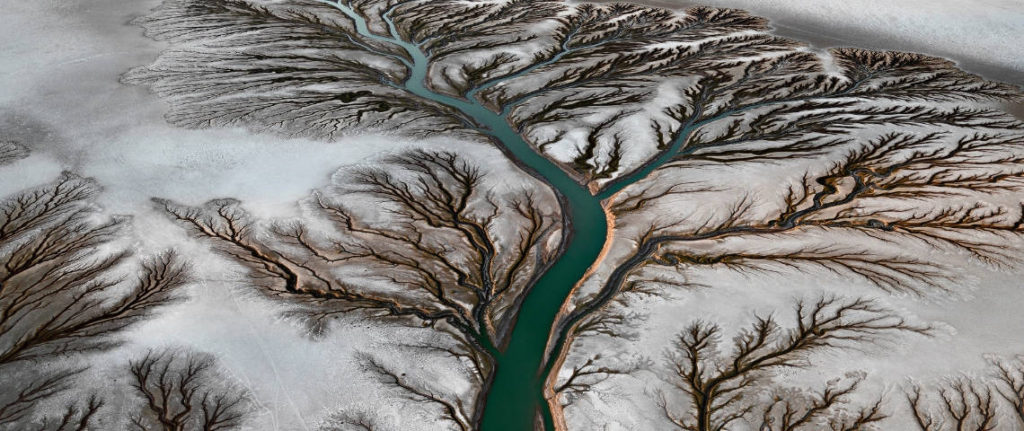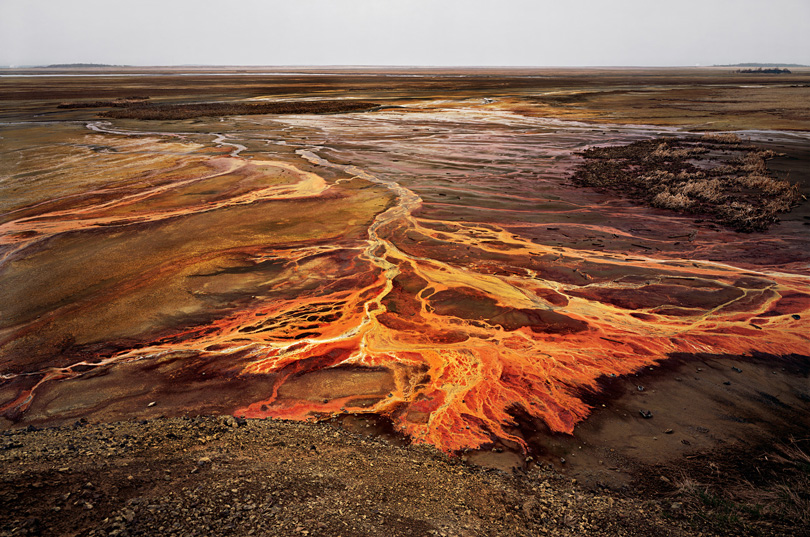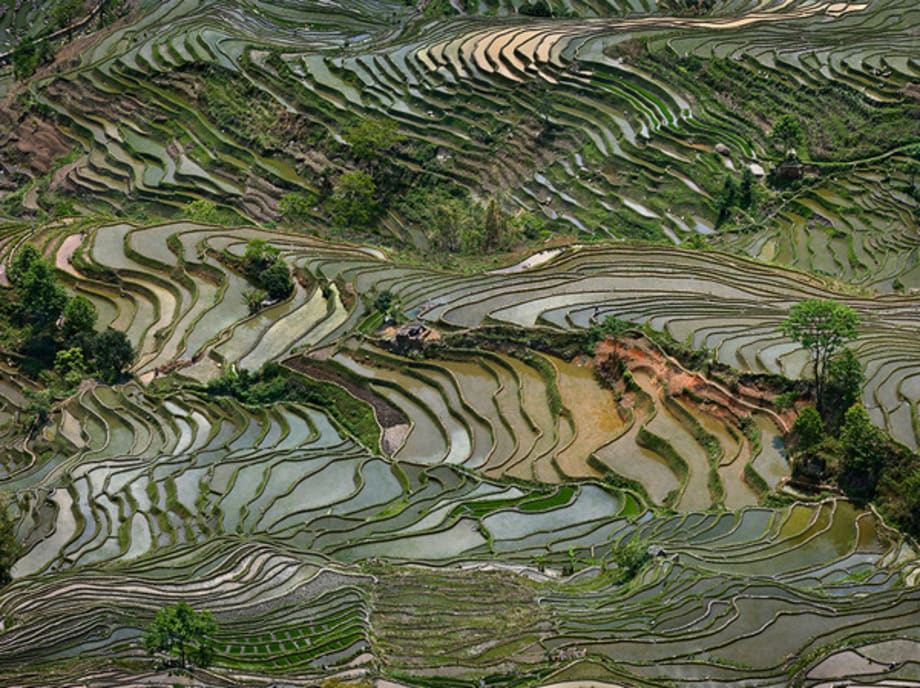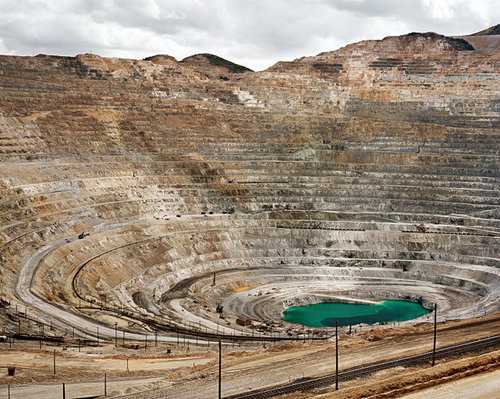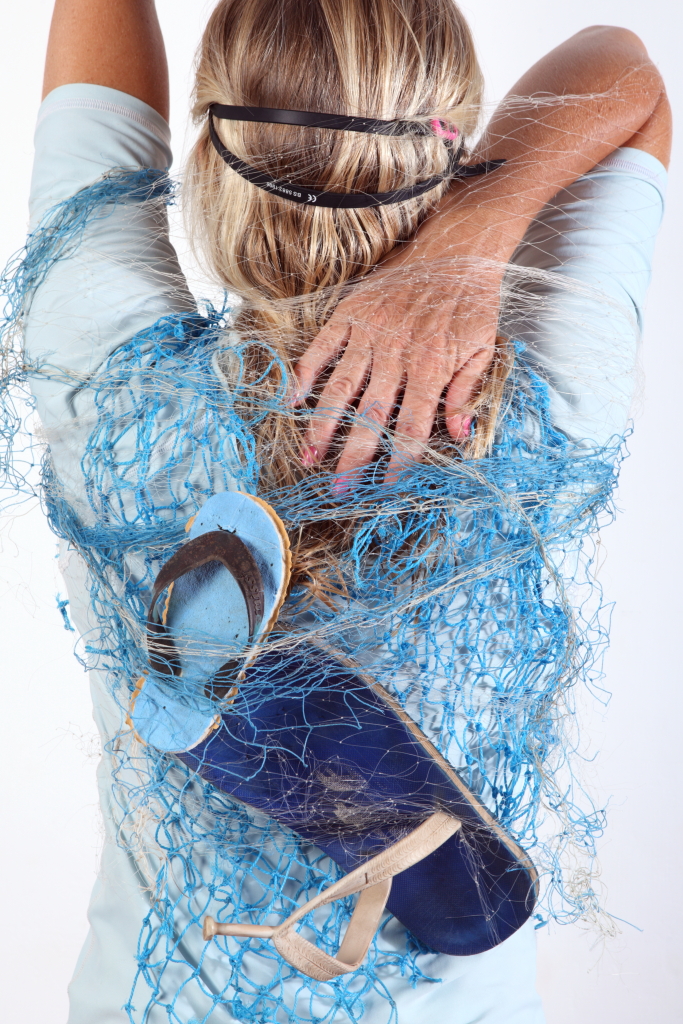The Anthropocene Epoch is an unofficial unit of geologic time, used to describe the most recent period in Earth’s history when human activity started to have a significant impact on the planet’s climate and ecosystems.
We are living in a time many people refer to as the Anthropocene. Humans have become the single most influential species on the planet, causing significant global warming and other changes to land, environment, water, organisms and the atmosphere.
The Anthropocene Epoch is an unofficial unit of geologic time, used to describe the most recent period in Earth’s history when human activity started to have a significant impact on the planet’s climate and ecosystems. 5 – 8. Anthropology, Biology, Geography, Human Geography.
Artist research -Edward Burtynsky
Ed Burtynsky (born February 22, 1955) is a Canadian photographer and artist known for his large format photographs of industrial landscapes. His works depict locations from around the world that represent the increasing development of industrialization and its impacts on nature and the human existence. It is most often connected to the philosophical concept of the sublime, a trait established by the grand scale of the work he creates, though they are equally disturbing in the way they reveal the context of rapid industrialization.
Burtynsky is the inaugural winner of the TED Prize for Innovation and Global Thinking in 2005. In 2016 he was the receiver of the Governor General’s Awards in Visual and Media Arts for his collection of works thus far.
Burtynsky is an advocate for environmental conservationism and his work is deeply entwined in his advocacy. His work comments on the scars left by industrial capitalism while establishing an aesthetic for environmental devastation, the sublime-horrors discussed in a number of essays on the topic of his work. He sits on the board of Contact, Toronto’s international festival of photography.
Artist research- Jeremy Carroll
Jeremy Carroll is the artist and photographer of these images featured in an exhibit called Entanglement. Each image depicts a human being caught up in the waste that is commonly found in seawater and along beaches such as discarded fishing nets, plastic bottles, grocery bags and flip flops.
With the way things are going, The Ellen MacArthur Foundation predicts that there will be more plastic than fish in the sea by 2050. Even without hearing this shocking prediction can tell things are looking grim with the horrifying and heartbreaking images of innocent turtles and whales found trapped in plastic or with a stomach full of garbage created and disposed of by humans.
While many of feel saddened by the harm inflicted on marine wildlife, many people still take an “out of sight, out of mind” approach to justifying the use of disposable, single-use plastic products.
mind map / location
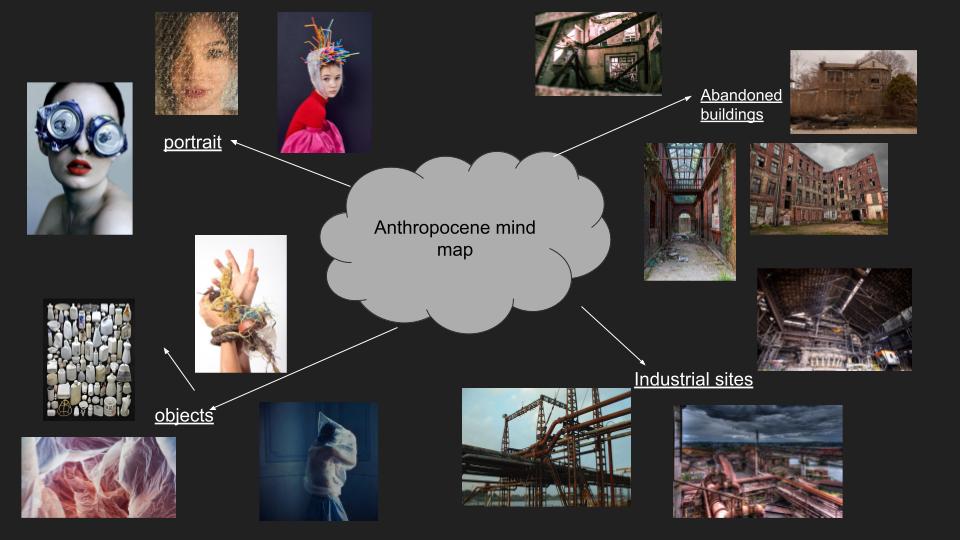
locations I will be doing my photoshoots:
photoshoot 1:
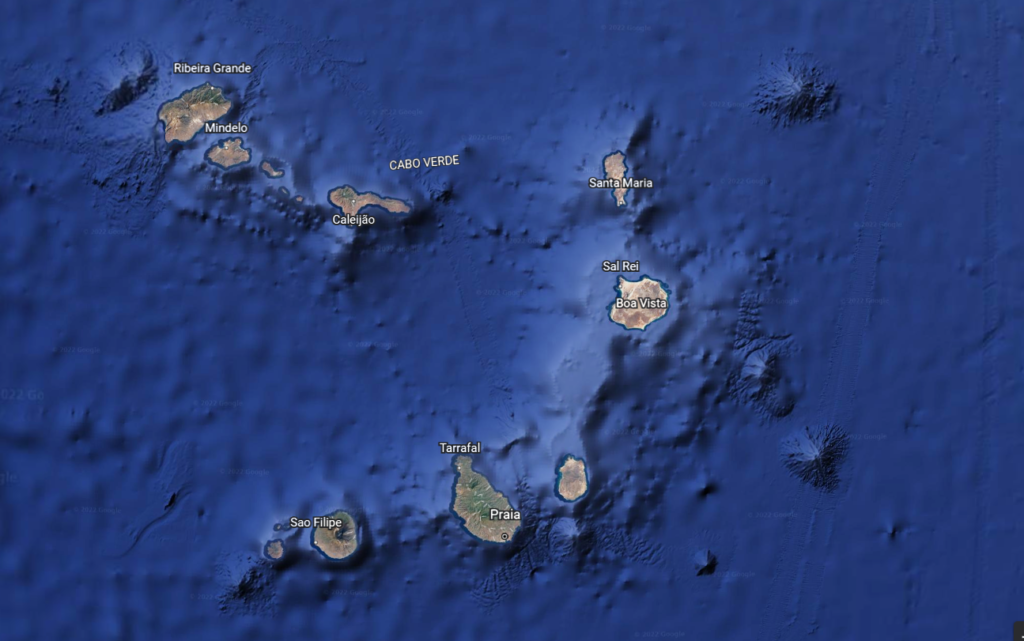
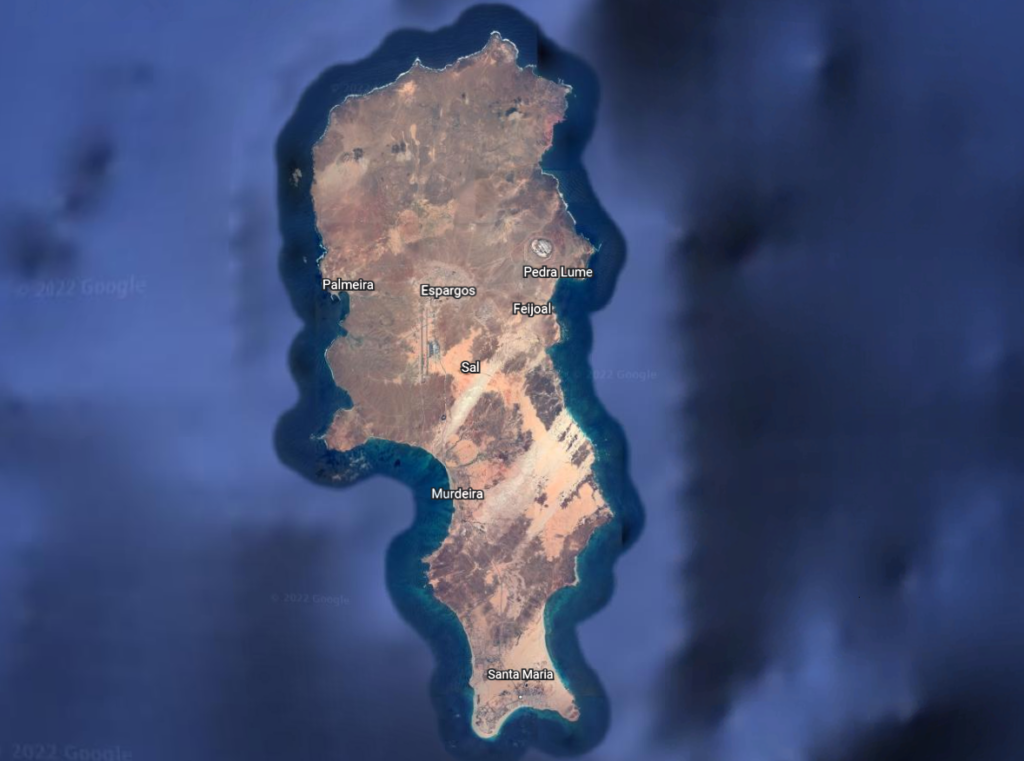
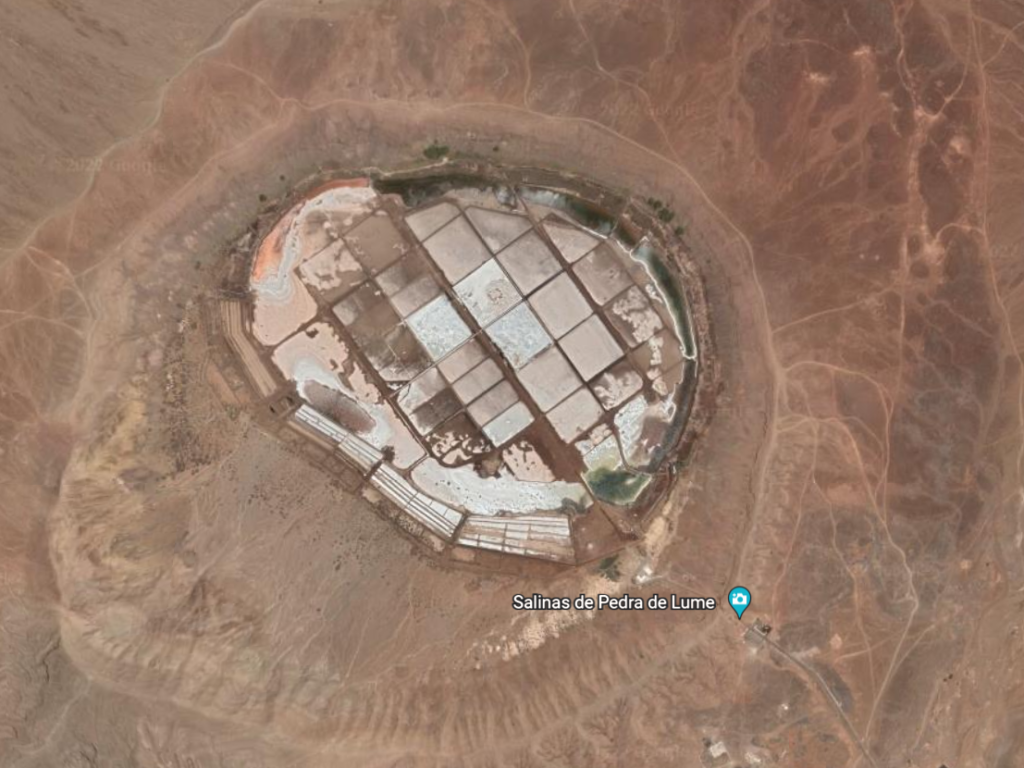
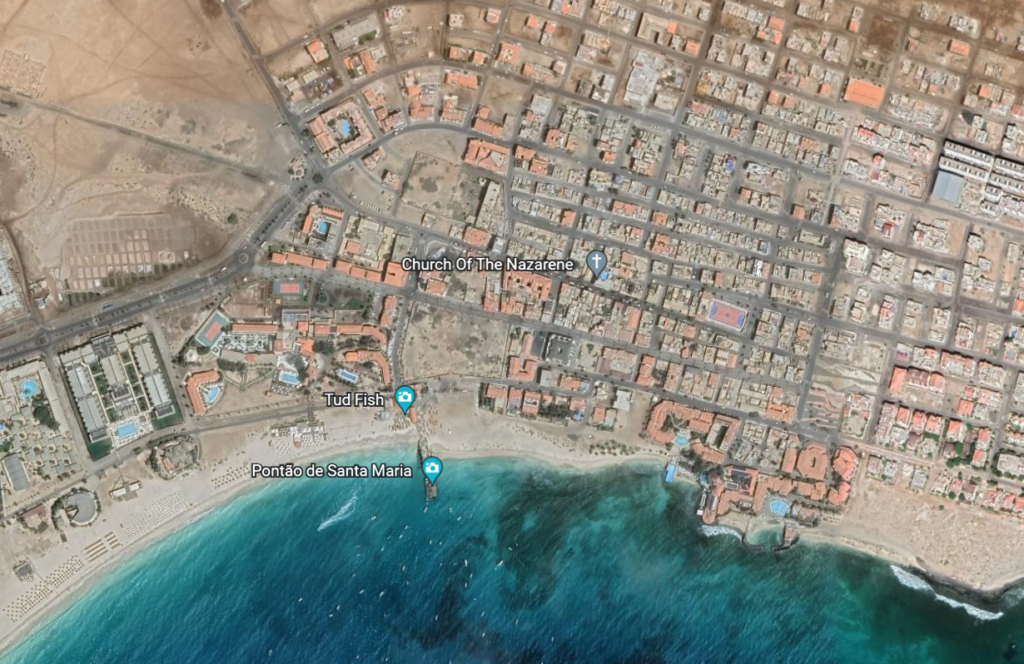
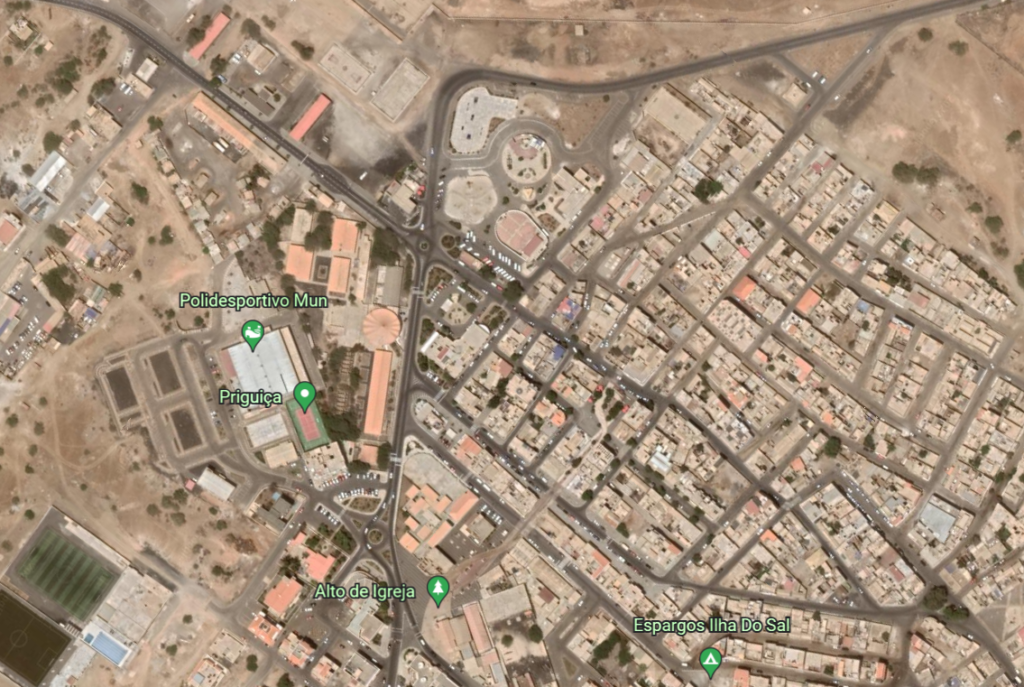
photoshoot 2

